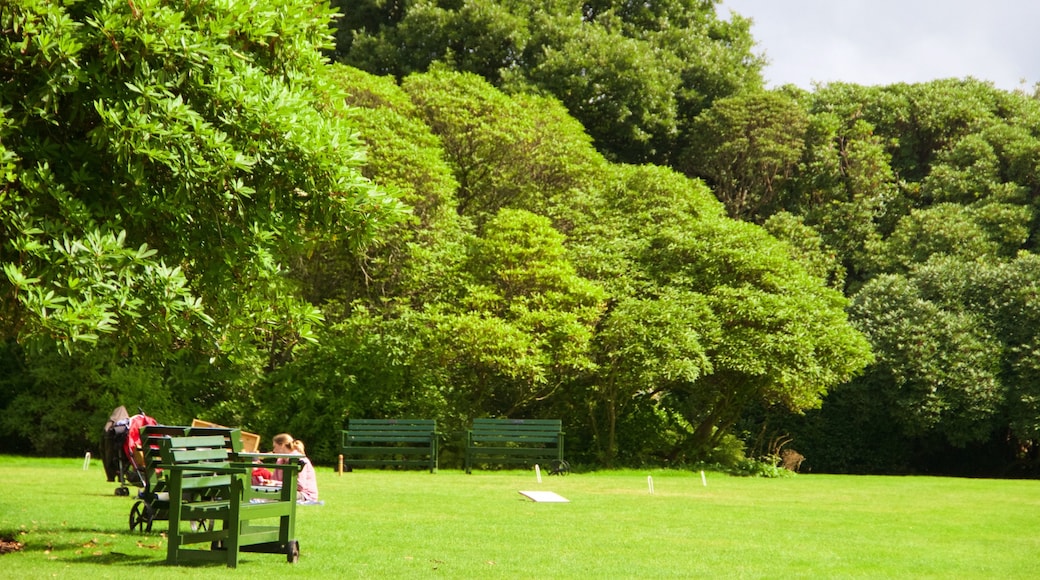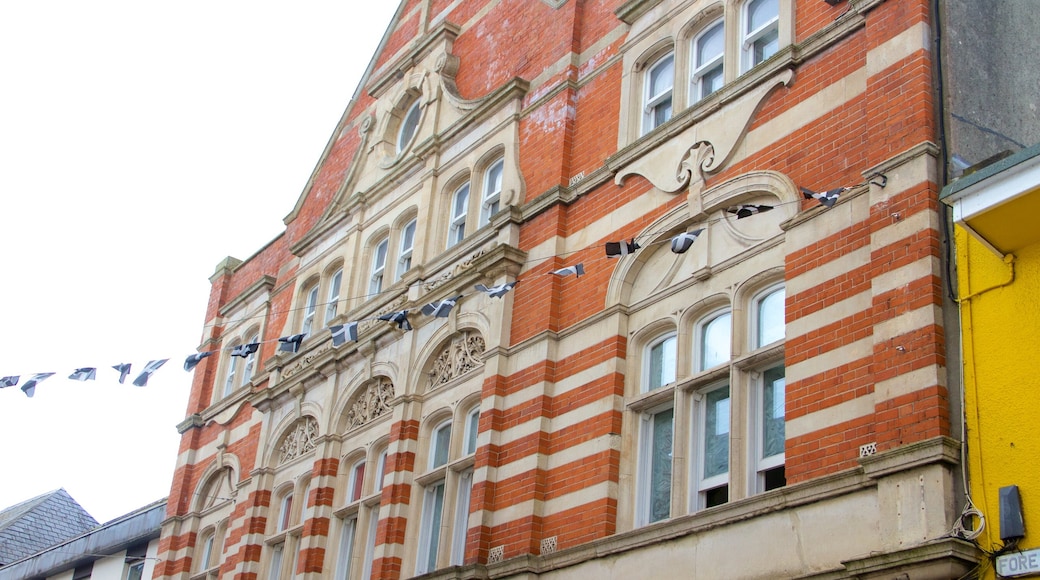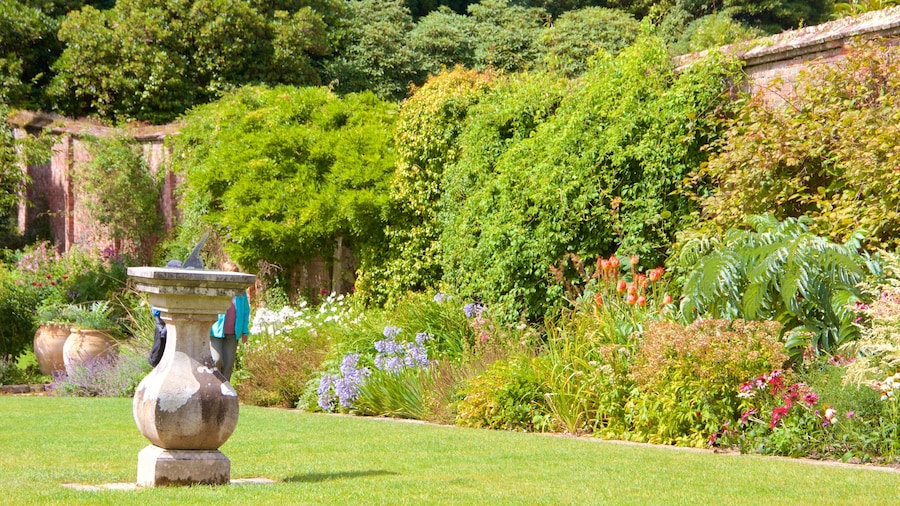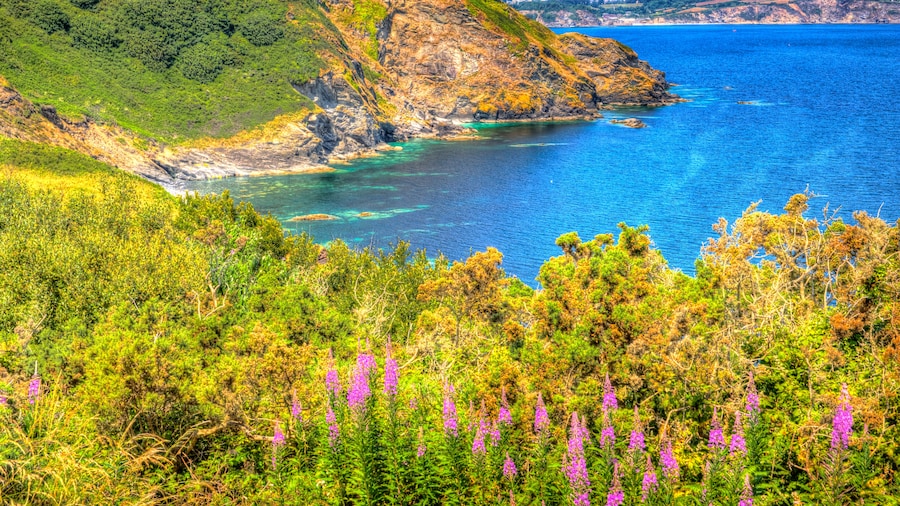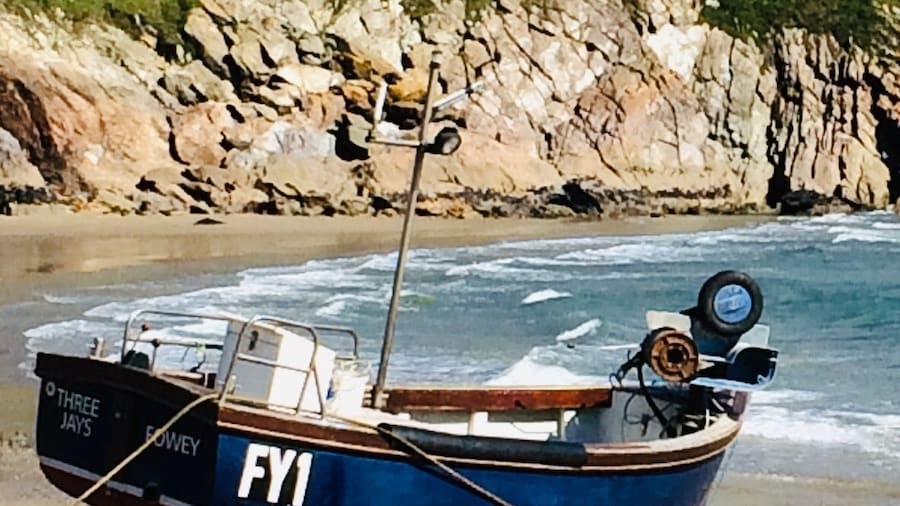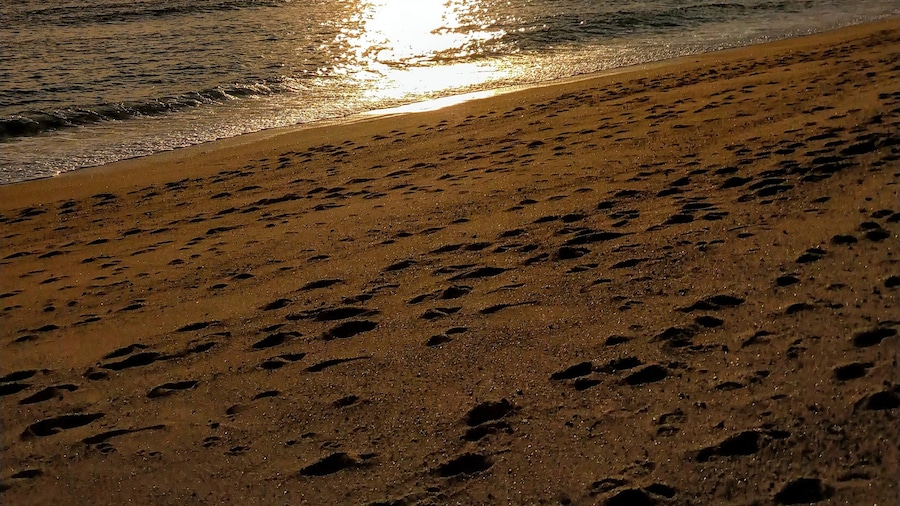This busy market town is a great place for starting your exploration of some of Cornwall’s prettiest beaches.
St. Austell stands in front of the white peaks of the Cornish Alps, towering clay tips made of excavation waste from the town’s china clay industry. The town’s long history stretches back to the 13th century. Enjoy the golden sand beaches of St. Austell Bay, explore a spectacular town garden and learn about local china clay excavation history.
The Eden Project, set in a former china clay pit, is a remarkable garden representing three climate zones. Plants from temperate zones are outdoors, while plants, insects and birds from other zones are housed in geodesic domes. Climb to the viewing platform above the treetops in the Rainforest Biome and note the fascinating sculptures in the outdoor garden.
Check out the 19th-century St. Austell Market House, which once housed the town’s fire station, town hall and police cells. The building’s timbered roof, made from yellow pine was, at the time it was built, the largest unsupported span of any roof in Britain. During summer, the building houses the St. Austell Town Museum, a small collection dedicated to the town’s history. Look for an early 20th-century Cornish stove from the 1900s, as well as film posters dating back to the building’s brief tenure as a picture house.
Learn more about the town’s history of china clay production in the Wheal Martyn China Clay Museum. Here, you’ll find a visitor platform overlooking a working china clay pit, as well as nature trails around the museum.
Tour the St. Austell Brewery, which was founded in 1851 by Walter Hicks. Learn about traditional brewing processing and sample St. Austell beers at Hicks Bar after the tour.
Just outside St. Austell are a number of lovely beaches. See the rock pools of popular Porthpean Beach or enjoy watching ducks and wildfowl in the pond at Par Sands.
St. Austell is located close to the east coast of Cornwall, 12 miles (19 kilometres) south of Bodmin. Ride the bus or train here from London. If you’re driving, take roads from Exeter or Plymouth.

